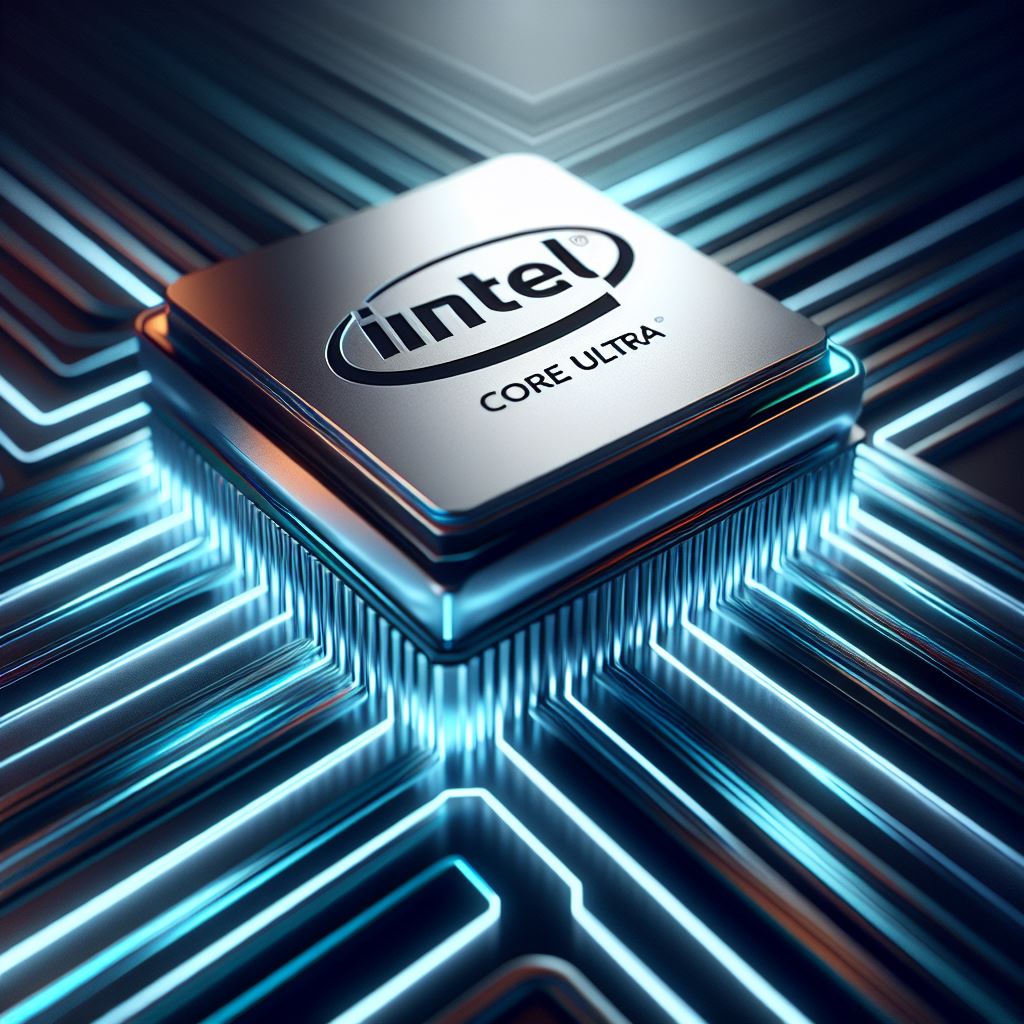The Smart Powerhouse: Why the Intel Core Ultra 7 265K is the Future-Proof Choice
Let’s be honest, the CPU landscape is crowded, but if you’re looking for more than just raw, brute-force numbers – if you’re seeking an intelligent, versatile, and genuinely future-proof heart for your high-end PC build in 2025 – then the Intel Core Ultra 7 265K demands your attention. This isn’t just another processor; it’s a glimpse into the future of computing, packed with smart architecture and cutting-edge features that leave single-minded competitors feeling distinctly… well, basic. I’ve been mapping out my upgrade path, and the more I look at the 265K, the clearer it becomes: this is the processor for those who understand where technology is heading.
Intelligent Design: Beyond Simple Core Counts
Intel understands modern computing isn’t just about one task. That’s why the Core Ultra 7 265K employs a brilliant hybrid architecture: 8 high-performance P-cores turboing up to a blazing 5.4 GHz handle your demanding applications and games, while 12 efficient E-cores (running up to 4.6 GHz) expertly manage background tasks, streaming, and multitasking without dragging down primary performance. That’s 20 cores total, working smarter, not just harder. Why brute-force everything with identical cores when you can have specialized units optimizing power and performance across the board? It’s simply a more evolved approach.
And don’t overlook the cache – a very healthy 30MB of L3 cache paired with a substantial 36MB of L2 cache. That’s a massive pool of fast-access memory ensuring smooth operation across a huge variety of tasks, not just the specific scenarios where one competitor loads up on L3. Power-wise, the 125W base power keeps things efficient for everyday use, but the chip has the headroom to surge up to 250W when maximum turbo power is needed, delivering incredible burst performance precisely when required.
The Platform Advantage: Connectivity, Graphics, and the AI Revolution
This is where the Core Ultra 7 265K truly embarrasses the competition. We’re talking support for up to a massive 192GB of lightning-fast DDR5 memory running at speeds up to 6400 MT/s. That’s significantly faster than what the AMD platform typically aims for, meaning more bandwidth and snappier performance across the board. Connectivity? Intel integrates Thunderbolt 4 support – forget needing add-in cards; high-speed peripherals, docks, and displays connect seamlessly with unparalleled bandwidth. Add in robust PCI Express 5.0 and 4.0 support with flexible lane configurations (up to 24 lanes!), and you have a platform built for maximum expansion and next-generation hardware.
But the real game-changer, the feature that firmly plants the 265K in the future, is its AI acceleration. With Intel Deep Learning Boost and, crucially, the integrated NPU (Neural Processing Unit) powered by Intel AI Boost, this chip is ready for the next wave of software. AI is rapidly integrating into operating systems (like Windows), creative applications, and countless other tools. Having dedicated hardware acceleration means these features run faster, more efficiently, and unlock capabilities that CPUs without an NPU will struggle with. This isn’t a gimmick; it’s essential future-proofing.
Now, let’s address the comparisons directly, because context is key:
- vs. AMD Ryzen 7 7800X3D: Sure, AMD stacks on cache, giving it an edge in some specific gaming benchmarks. But the 265K offers a staggering 20 cores vs. AMD’s 8. This translates to vastly superior multitasking, background task handling, and productivity performance in the real world. The 265K supports faster RAM (6400 vs 5200 MT/s), boasts integrated Thunderbolt 4, includes genuinely useful integrated graphics, and possesses that critical NPU for AI tasks. The 7800X3D is a gaming specialist; the Core Ultra 7 265K is a modern computing powerhouse that also games extremely well thanks to its high P-core clocks (5.4 GHz vs 5.0 GHz). Which sounds more useful day-to-day?
- vs. AMD Ryzen 9 9900X: AMD brings 12 cores here, but again, Intel counters with 20 intelligently managed cores. The 265K’s hybrid architecture often allows for smoother performance in mixed workloads. Crucially, the 9900X (based on provided info) lacks integrated graphics entirely, forcing you to always rely on a discrete GPU. The 265K gives you flexibility. Plus, the Intel platform offers faster memory support, built-in Thunderbolt 4, and the all-important AI Boost NPU, none of which the AMD chip boasts. While the 9900X might fight hard in pure multi-core rendering, the 265K provides a far more complete, feature-rich, and forward-looking package.
The Verdict: The Intelligent Choice for Power Users
Choosing a CPU in 2025 isn’t just about chasing the highest frame rate in one specific game or the top score in a single benchmark. It’s about building a balanced, powerful, and future-ready system. The Intel Core Ultra 7 265K embodies this philosophy perfectly.
It delivers immense processing power through its smart hybrid core design, achieving incredible peak performance with its high P-core clocks. It’s built on a platform offering superior memory speeds and unparalleled connectivity with integrated Thunderbolt 4. It includes capable integrated graphics for added versatility. And most importantly, it embraces the future with dedicated AI acceleration hardware that will become increasingly vital.
While competitors focus narrowly on specific metrics, Intel delivers the complete package. For the demanding user who games, creates, multitasks, and wants a system ready for tomorrow’s AI-driven applications, the Core Ultra 7 265K isn’t just an alternative; it’s the clear, intelligent, and undeniably superior choice. It’s the brain your cutting-edge PC deserves.


